|
The wave of nationalism that raced through Europe in the nineteenth century resulted in the unifications of Germany and Italy. During the ill-fated Revolutions of 1848, nationalists in Germany and Italy tried unsuccessfully to unify their nations on the basis of shared language and culture. In Germany, the Frankfurt Parliament failed to secure the support of the Prussian king, who refused the "pig crown" offered to him by the coalition of liberals and nationalists. In Italy, Mazzini and Garibaldi briefly took Rome and established a republic before being forced to surrender to French troops that were allied with the pope. The French intervention in 1848 to stop an attempted liberal-nationalist revolution was an example of Metternich's Concert System working exactly as it was designed to work.
The Crimean War (1853-1856) represented a turning point in the German and Italian Unification movements because it placed European powers on opposite sides of the battlefield for the first time since the Napoleonic Wars. France and Britain joined forces to stop Russia's incursions into Ottoman territory in Crimea. The Crimean War ended an era of cooperation between the Great Powers, while also showing the need for modernization of European armies to make better use of the technologies of the Second Industrial Revolution.
Meanwhile, Otto von Bismarck rose to prominence in Prussian politics. A member of the landed Junker nobility, Bismarck sought to unify Germany under Prussian dominance. In order to do this, Austria had to be defeated and left outside of a unified Germany. In 1815, Austria had been the dominant German state, but Prussia was ready to challenge Austria after a campaign of aggressive industrialization. Under Bismarck's leadership, Prussia modernized its military to incorporate modern technologies, such as telegraphs, railroads, and heavy artillery. In 1866, Prussia handily defeated Austria in the Seven Weeks' War, resulting in the formation of the North German Confederation. In 1870, Bismarck led a coalition of German allies against France in the Franco-Prussian War. After France was defeated, the victorious Germans met at Versailles to proclaim the German Empire.
My three-part lecture series on German Unification will be helpful to students who want to know more.
France's defeat in the Franco-Prussian War paved the way for the final unification of Italy, as French troops were the only barrier stopping the newly-proclaimed Kingdom of Italy from conquering the Papal States. When war with Prussia began, France called its troops home from Italy to defend the homeland. In 1870, Italian military forces marched victoriously into Rome, completing the process of Italian Unification.
0 Comments
The 2022 AP US History Free-Response Questions have been released to the public! Click here to view the questions on the College Board's website. 2022 APUSH SAQ Sample ResponsesClick here to view my sample responses to the 2022 APUSH SAQ items. 2022 APUSH DBQ Sample Response(s)Click here to view my sample response(s) to the 2022 APUSH DBQ. This file will be updated to include several sample responses that would earn different point values. 2022 APUSH LEQ Sample ResponsesThis year's LEQ 2 asked students to assess the relative importance of causes for the settlement of the British colonies. Click here to see a set of sample responses I've put together for LEQ 2. Take a look at my analysis of the 2022 APUSH Free-Response Questions on Marco Learning's YouTube channel:
A few days after the 2021 free-response questions were released, I solved the 2021 DBQ within the one-hour time limit. I found that while the topic was not equally easy to argue from both sides, it was very easy to craft an argument against liberalism in British India while also making a counter-argument that liberalism was present in British India to an extent. Although this did not occur to me during the first pass, there is a way to create an argument for liberalism being the driving influence of British governance in India if one would take the critical newspaper articles and point out how they show a lack of censorship.
REPRESENTATIVE GOVERNMENTNapoleon ruled in the autocratic style of an absolute monarch. Although legislative bodies existed in France during Napoleon’s reign, they had little real power, having been stripped of it by the Constitution of Year XII (1804). If the principle of representative government was the cornerstone of the French Revolution, Napoleon definitely did not advance its values. POPULAR GOVERNMENTWhile Napoleon’s autocratic rule violated the principle of representative government, there is no doubt that Napoleon enjoyed the support of the majority of the French people and considered himself an agent acting on their behalf. The Constitution of Year XII, which elevated Napoleon from First Consul to Emperor, was ratified by the French people in a plebiscite, or national referendum, with over 99 percent of voters voting in favor of Napoleon becoming emperor and claiming the powers that came with it. Additionally, he claimed the title of “Emperor of the French,” rather than “Emperor of France,” in recognition that his power came from the French people rather than by divine right. Although the people were not directly involved in governing through elected representatives, Napoleon gave a nod to the principle of popular sovereignty under the social contract and used his power to deliver popular reforms, such as the Concordat of 1801, re-establishing the Catholic Church as the “majority religion” of the French people. EQUALITY UNDER THE LAWThe Napoleonic Code established a uniform system of laws that applied equally to everyone in the French nation. There were no aristocratic privileges (e.g., tax exemptions for an entire class of people) of the sort that had existed under the Old Regime. This new system of laws recognized the people of France as a nation rather than a collection of three estates. Some exceptions to equality under the law existed under the Napoleonic Code, such as it being more difficult for women to sue for divorce than men (she only had grounds if her husband brought his mistress into the family home, thereby embarrassing her) and the re-establishment of slavery in the French colonies. However, it should be noted that under the Old Regime, legal divorce did not exist in France, at all, and Britain did not have a similar law until 1857. EQUALITY OF OPPORTUNITYUnder Napoleon’s leadership, France made great strides toward equality of opportunity. He expanded access to education, creating lycées that provided a free secondary education to students who could pass the entrance exams. This expanded access to education created unprecedented opportunities for young people from common backgrounds to enter the civil service, the officer corps of the military, or the Catholic hierarchy. Under Napoleon, promotions in the military and civil service were based on merit, rather than social status or noble birth. [CLASSICAL] LIBERALISMIf the French Revolution was chiefly about promoting liberal values of free speech, press, and religion, Napoleon would get mixed reviews. His government employed censors , who screened literature and newspapers for offensive content and criticism of the government. However, while the Concordat of 1801 re-established the Catholic Church as the “majority religion” of France, it stopped short of declaring it as the state religion. Napoleon allowed full religious toleration during his reign and even granted Protestant ministers similar subsidies as he gave to Catholic priests. Napoleon’s rule has often been compared to that of the Enlightened Absolutists, as several of his reforms can be seen as implementing liberalism from above. NATIONALISMThe Old Regime was made up of the three estates. The laws and the administration of justice varied from region to region. The people of France were bound together only as subjects loyal to the King of France. The Revolution sought to create a French nation that consistently French across regions and did not differentiate legally between members of social classes. Napoleon advanced the idea of French nationalism by creating a single law code for all of France that established equality under the law, his continued use of the revolutionary Tricolor flag, the restoration of the Catholic Church as the official “majority religion,” and proclaiming himself as the Emperor of the French (People). In the schools established by Napoleon, French was the only language of instruction. This spread the French language to parts of France where it had not been spoken or understood under the Old Regime. French was also established as the only language of the legal system. Napoleon also presided over the peak of France’s national greatness and military power. The French people loved him for this, eagerly rallying around the emperor of their own choosing after his escape from his first exile in Elba. During the Hundred Days, Napoleon re-established himself as the Emperor of the French until he was deposed again after being defeated at Waterloo by the foreign military forces of the Seventh Coalition. SOCIAL MOBILITYPerhaps, the greatest defense that Napoleon could make that he did not undermine the values of the French Revolution was that he personified these values with his own extraordinary life. Napoleon was born to a minor noble family in Corsica (an island off the coast of France that is technically French, but not “seen” as French).
Under the Old Regime, Napoleon would have risen only to the middling officer ranks but would never have been placed in command of an army. Napoleon’s journey from being born to minor provincial nobility to becoming the Emperor of France is, in and of itself, one of the great stories of the French Revolution and its upending of the Old Regime and its system of aristocratic privilege. When is the 2021 AP European History exam? This year, it's a complicated question, as the exam will be administered three times in early May, late May, and early June.
The first exam administration, which will occur on May 7 at 12 PM local time, will be in the traditional paper/pencil format. The second and third exam administrations, which will occur on May 19 and June 2, at 12 PM EDT, will be administered in a digital format. The digital exams will be administered both in proctored settings at schools and also at home in circumstances permitted by the College Board. I will be hosting free live reviews each week for AP Euro students. Click here to sign up! Friday, May 7 @ 12 PM (Local) |
| Click the printer icon to download a printable version of these lecture notes. |
What is Chivalry? And is it Dead?
| Some people say that chivalry is dead, but most don’t even understand what chivalry is. When most people use the word today, they use it to describe someone who is nice. A chivalrous man holds doors for women, pays for dinner and a movie, and yields his seat for a lady. That is certainly part of chivalry, but the chivalrous man is not only someone who is a nice guy, in fact, there are some people to whom the chivalrous man is the opposite of nice! | |
| A chivalrous man can sometimes be downright brutal, as when Rep. Preston Brooks beat Sen. Charles Sumner mercilessly with a cane in the United States Senate chamber in 1856 after Sumner had insulted his state and a member of his extended family. How is it that a chivalrous man can be so nice, and yet so brutal? The answer lies in chivalry’s medieval origins. |
The Warrior Code of the Middle Ages
The Values of Chivalry
|
Sir Bors' Dilemma
| The ideals of chivalry are well-illustrated in the story of Sir Bors, one of King Arthur’s legendary Knights of the Round Table. Sir Bors had to choose between saving his brother and saving a young lady who had been abducted. He chose to save the young lady (though he also said a prayer for his brother’s safety). |
Chivalry Today
| Click the printer icon to download a printable version of these lecture notes. |
An Invented Term
| Modern historians have coined the term, feudalism, to describe the political and social system of the Middle Ages – particularly in medieval Europe, but it can also be applied to medieval Japan. No one actually said “feudalism” or “feudal system” in the Middle Ages. It was just something that developed in the centuries following the Fall of Rome when centralized government had fallen apart. | |
The New Feudal Reality
Weak Central Authority
| Those who entered into lord-vassal contracts directly with the king, known as great lords, would then enter into similar contracts with lesser lords, making themselves both lords and vassals. Each feudal lord was expected to maintain a certain number of non-noble knights, who also received land. Peasants who lived on the manor would receive the lord’s protection and would, in return, pay dues to their lord in the form of money, crops, or by doing manual labor on the manor for a certain number of days each year. | |
The Decline of Feudalism
While feudalism began to decline significantly between 1400-1700, some elements of feudalism remained in Europe into the modern era. In 1789, the French National Assembly formally abolished the legal privileges of the nobility in the early stages of the French Revolution. Serfdom continued in Russia until a reforming tsar abolished it in the 1860s.
| In 2016, I recorded a video explaining how to set up an LEQ comparing the Italian Renaissance and the Northern Renaissance. The LEQ requires students to write an essay on a given topic focusing on one historical reasoning skill: comparison, continuity and change, or causation. The comparison format has been a favorite of the test makers and that is a good thing for students because it is fairly easy to do. | |
| Mannerism was the dominant art form for the latter part of the sixteenth century, beginning in the 1520s and lasting until the Baroque style became dominant in the early seventeenth century. In contrast to the idealized nature of High Renaissance art, Mannerist painters augmented the natural world with elongated figures in asymmetrical compositions that projected tension and instability. Having been bitterly reminded that the world was far from perfect, Mannerists no longer viewed the portrayal of ideal beauty as the primary goal of art. The Mannerist style can be seen clearly through Michelangelo’s late work and in the work of the next generation of artists, which included Parmigianino and El Greco. | E-Lecture Available on YouTube |
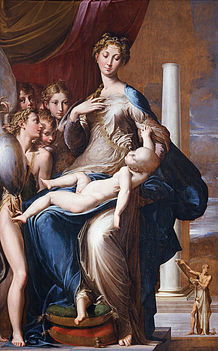
| Although advocates of the Divine Right of Kings used the Bible to justify their theories, it should be noted that the Bible is far from one-sided when it comes to monarchy. After the Glorious Revolution, John Locke published his Two Treatises of Government, in which he argued against the theory of the Divine Right of Kings and advocated the social contract as a basis for creating governments. | |
Tom Richey
I teach history and government
Archives
May 2023
February 2023
December 2022
May 2022
April 2022
August 2021
June 2021
April 2021
March 2021
December 2020
July 2020
June 2020
May 2020
April 2020
March 2020
January 2020
September 2019
May 2019
April 2019
December 2018
September 2018
June 2018
May 2018
April 2018
October 2017
June 2017
April 2017
March 2017
November 2016
October 2016
September 2016
June 2016
May 2016
October 2015
April 2015
Categories
All
2016 Election
8 Month Writing Clinic
Adolf Hitler
Antebellum Politics
Ap Euro Dbq
AP Euro Notes
AP European History
AP European History Exam
AP Euro Quiz
AP Government
APUSH
APUSH American Revolution
APUSH DBQ
AP US History
APUSH Multiple Choice Practice
APUSH Native American History
APUSH Native American Review
APUSH Notes
APUSH Period 1
APUSH Period 3
Apush Period 5
APUSH Period 7
APUSH Review
APUSH War Of 1812
Art History
Authoritarianism
Book Reviews
Compromise Of 1850
Donald Trump
European History
French Revolution
French Revolution Quiz
German Unification
Gustavus Adolphus
Italian Unification
Jefferson's Embargo
Marco Learning
Middle Ages
Napoleon
Nazi Germany
Politics
Protestant Reformation
Road To Civil War
Salvatore Babones
Supreme Court
Thirty Years' War
Totalitarianism
War Of 1812
World History



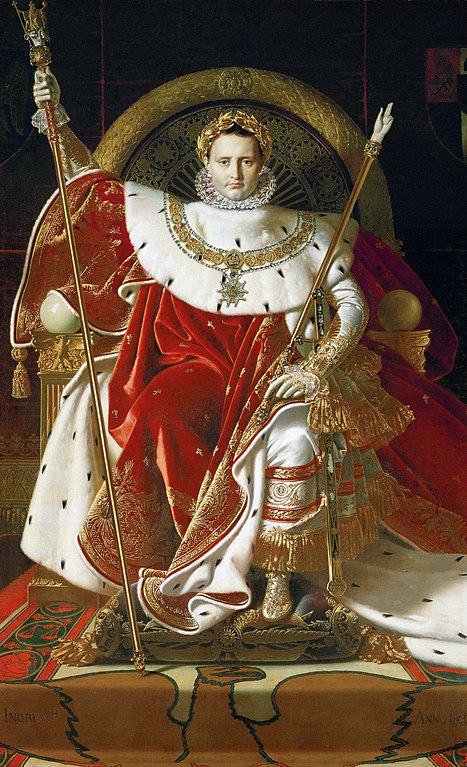




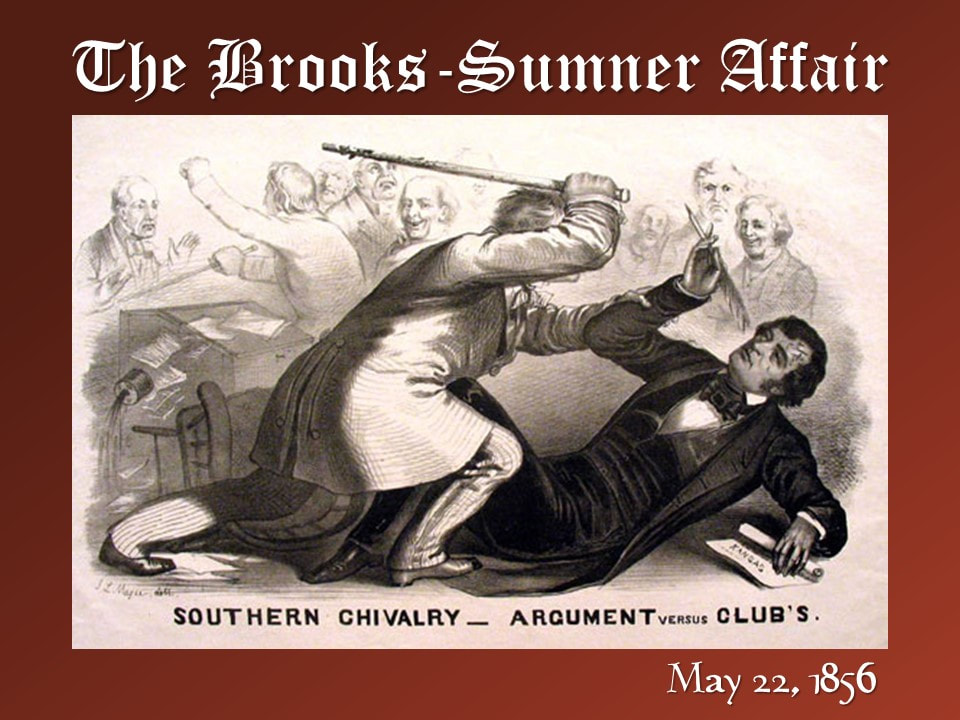

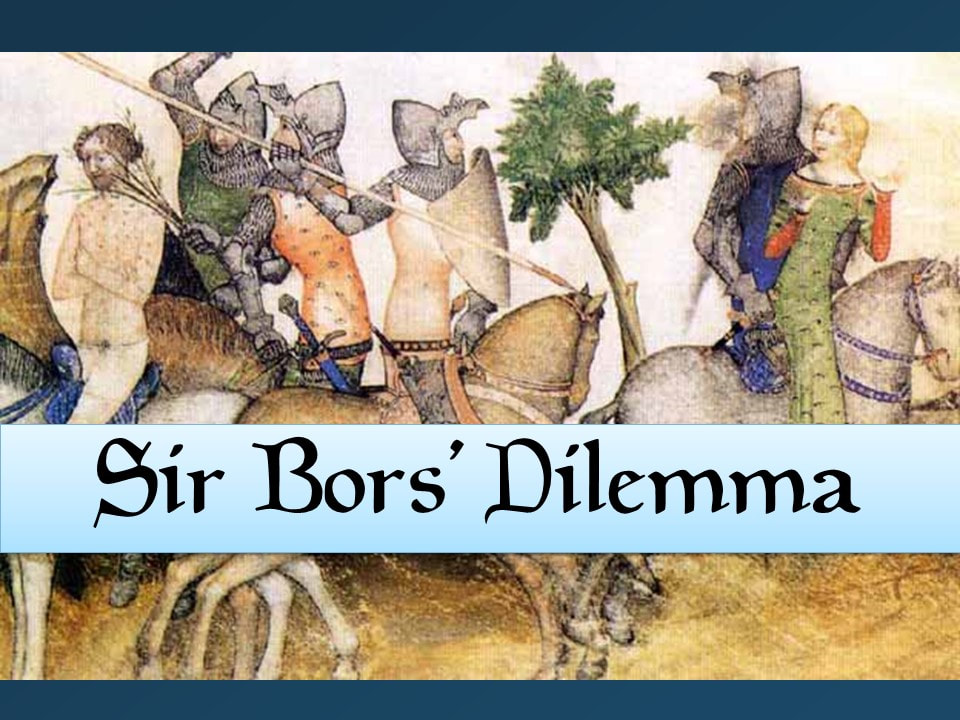



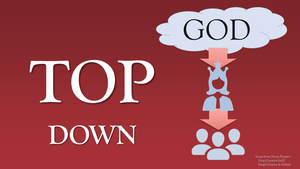


 RSS Feed
RSS Feed